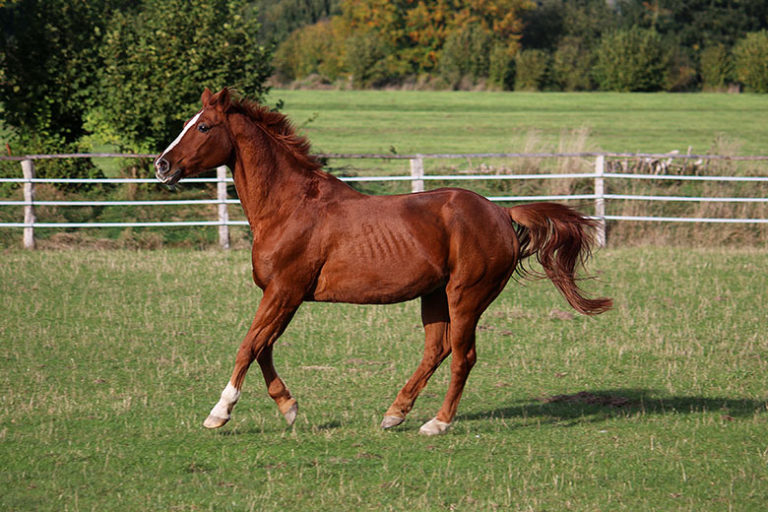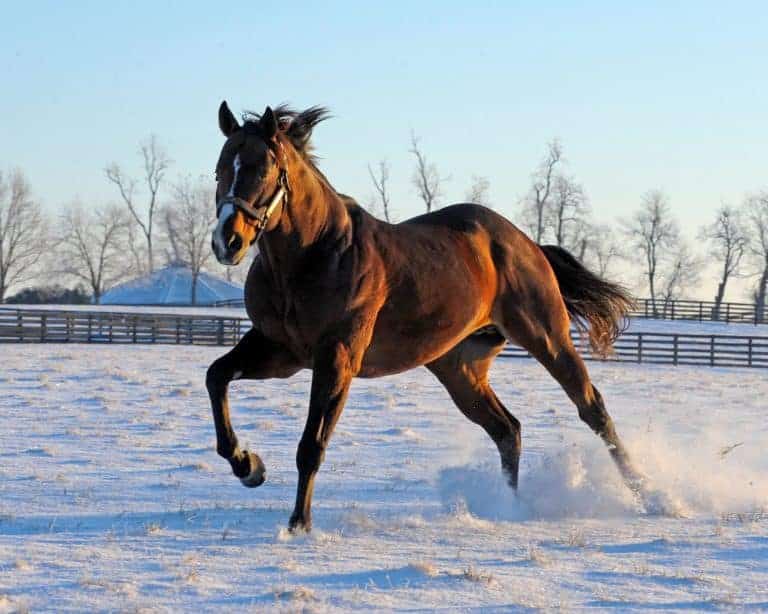House Leader Opposes Proposal to Euthanize Wild Horses
A House leader has come out against a federal proposal to euthanize wild horses and asked a federal agency to delay a decision on the animals’ fate.
Rep. Nick Rahall, D-W.Va., chairman of the House Natural Resources Committee, urged the U.S.















